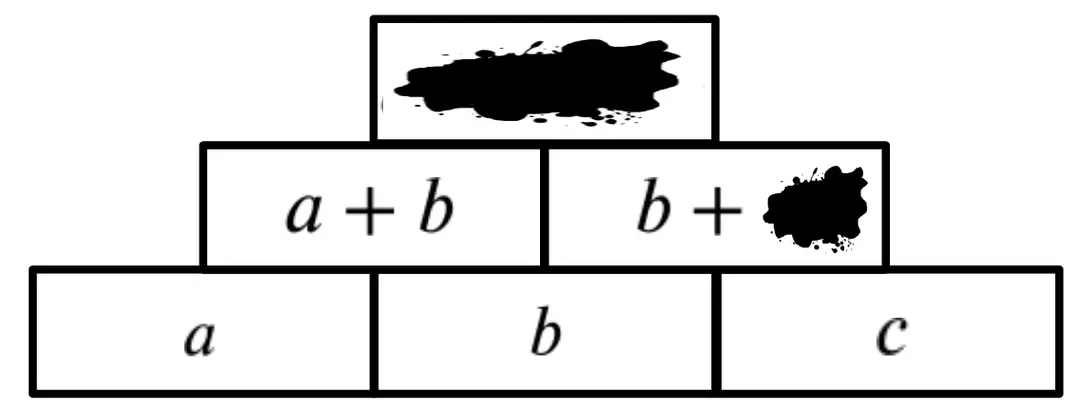Myths about teaching can hold you back


- Year 7
Problem solving with expressions and equations
I can use my knowledge of expressions and equations to solve problems


- Year 7
Problem solving with expressions and equations
I can use my knowledge of expressions and equations to solve problems
These resources were made for remote use during the pandemic, not classroom teaching.
Switch to our new teaching resources now - designed by teachers and leading subject experts, and tested in classrooms.
Lesson details
Key learning points
- Standardised notation is important when using algebra.
- Algebra allows us to generalise real life problems.
- Algebra allows us to express relationships so that everyone can understand them.
Keywords
Expression - Expressions contain one or more terms, where each term is separated by an operator.
Variable - A variable is a quantity that can take on a range of values.
Common misconception
A variable and an unknown are the same thing.
A variable's value is not fixed. It can take any value within a given range. This means algebraic statements using variables can form proofs
To help you plan your year 7 maths lesson on: Problem solving with expressions and equations, download all teaching resources for free and adapt to suit your pupils' needs...
To help you plan your year 7 maths lesson on: Problem solving with expressions and equations, download all teaching resources for free and adapt to suit your pupils' needs.
The starter quiz will activate and check your pupils' prior knowledge, with versions available both with and without answers in PDF format.
We use learning cycles to break down learning into key concepts or ideas linked to the learning outcome. Each learning cycle features explanations with checks for understanding and practice tasks with feedback. All of this is found in our slide decks, ready for you to download and edit. The practice tasks are also available as printable worksheets and some lessons have additional materials with extra material you might need for teaching the lesson.
The assessment exit quiz will test your pupils' understanding of the key learning points.
Our video is a tool for planning, showing how other teachers might teach the lesson, offering helpful tips, modelled explanations and inspiration for your own delivery in the classroom. Plus, you can set it as homework or revision for pupils and keep their learning on track by sharing an online pupil version of this lesson.
Explore more key stage 3 maths lessons from the Expressions and equations unit, dive into the full secondary maths curriculum, or learn more about lesson planning.

Licence
Prior knowledge starter quiz
6 Questions
Q1.Which of the below accurately completes the sentence? An algebraic term __________
Q2.Simplify $$a+2b+c+b+2c+d$$ by collecting like terms.
Q3.Pick a number, any number. Double it. Add 10. Halve your answer. Subtract your original number. What did you notice?
Q4."Pick a number, any number. Double it. Add 10. Halve your answer. Subtract your original number". Which of the below expressions models this?
Q5.What number comes next in this sequence? $$n, n+1, n+2, n+3...$$
Q6.Add any two consecutive whole numbers. Which of the below are true?
Assessment exit quiz
6 Questions
Q1.$$n + (n+1) + (n+2)$$ is an algebraic __________ for the sum of three consecutive numbers.
Q2.Some ink has spilled onto this addition pyramid. What would the expression in the top box of the pyramid be?


